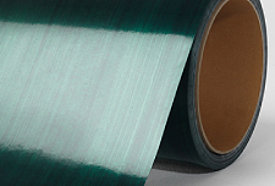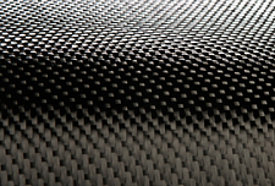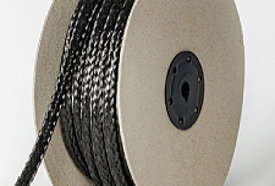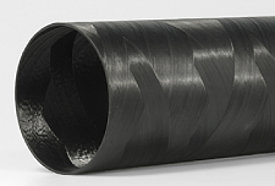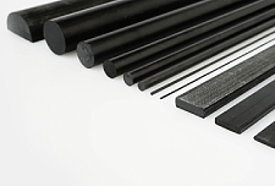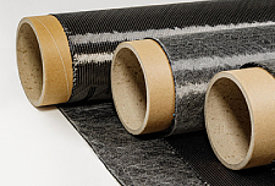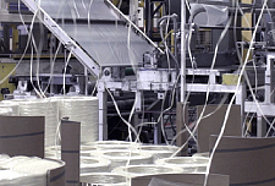Processing

Composite – modern manufacturing processes
There are various processing methods for carbon fibers to produce components that are used in aircraft, cars, or in other industrial areas, as well as in sporting goods. These are also known as fiber composites: the fibers are embedded in resin and together produce a very light and strong material.
A basic distinction is made between dry and wet processing methods. Dry processes are, for example, weaving and braiding the fibers. Prepreg is a so-called wet process, as here scrims or fabrics are pre-impregnated with a resin. The required amount of resin is then already contained. The prepregs are rolled up and can then be cured and thus used for subsequent processing operations.
